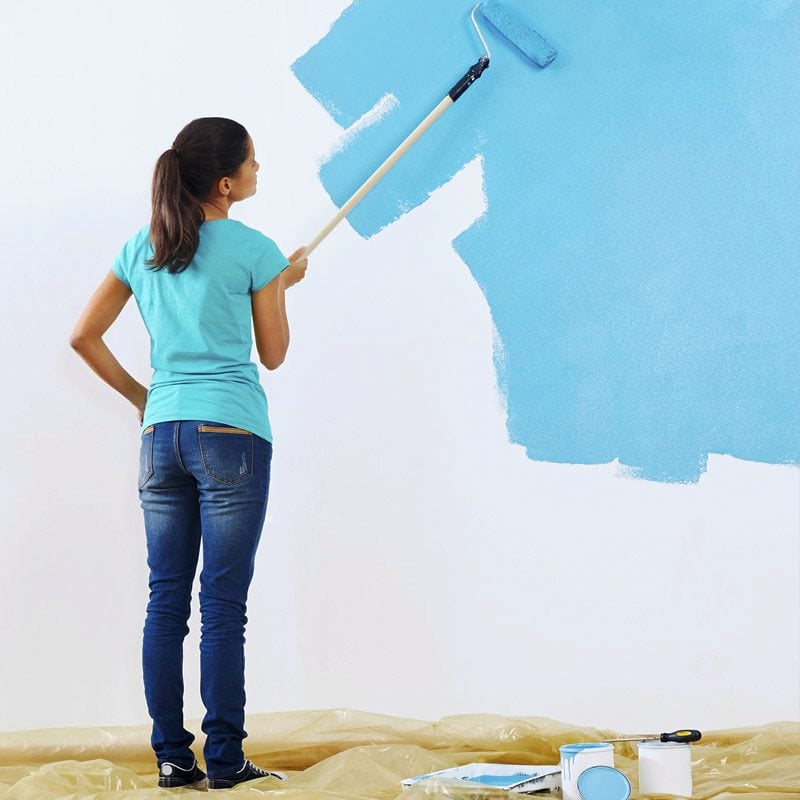
The Do’s and Don’ts of Painting a Room
 Painting a room is a simple way to instantly revitalize its appearance with a fresh new color palette. If you’re tired of looking at the same decor day after day, there’s no easier or more effective way to update it. With just a couple gallons of paint, you can instantly revitalize the room’s appearance. However, it’s important for homeowners to follow some basic steps to ensure clean and professional job. Keep reading to learn the do’s and don’ts of painting an interior room.
Painting a room is a simple way to instantly revitalize its appearance with a fresh new color palette. If you’re tired of looking at the same decor day after day, there’s no easier or more effective way to update it. With just a couple gallons of paint, you can instantly revitalize the room’s appearance. However, it’s important for homeowners to follow some basic steps to ensure clean and professional job. Keep reading to learn the do’s and don’ts of painting an interior room.
Don’t: Start From the Bottom
One of the biggest painting mistakes people make is starting from the bottom and working their way up. Whether you are painting a bedroom, living room, kitchen, bathroom or another interior area, always start from the top and work your way down. Starting from the bottom will result in paint dripping down on the areas you already painted. And trust me, there’s nothing worse than having visible lines of running paint on your walls. To prevent this from happening, use a ladder to paint the top of your walls and then gradually work your way down.
Don’t: Paint Without Cleaning
Another mistakes first-time painters make is not cleaning their walls beforehand. Even if your walls look clean from afar, chances are there’s dust and dirt covering them. Trying to paint over dirt-covered walls will result in visible imperfections that takes away from the room’s natural beauty. To clean your walls, simply wipe them down with a damp cloth. As long as you thoroughly clean the walls beforehand, you shouldn’t need to use primer.
Do: Choose The Right ‘Type’ of Paint
Choosing the right type of paint is critical, especially in high-humid rooms. If you are painting the bathroom or kitchen, for instance, you’ll want to choose a high-gloss variety that’s capable of withstanding the high moisture. Using the wrong type of paint here could have disastrous consequences. It may look fine at first, but in the following months you may notice it chipping, flaking and warping in certain areas. Choose a paint type that’s tailored for the area where you intend on using it.
Do: Prep
Lastly, take a few minutes to prepare the room before painting it. This includes (but not limited to) removing all the furniture, removing electrical outlet covers, taping off trim, and laying out drop cloths over the floor. Doing these simple tasks will make your painting project ten times easier.



